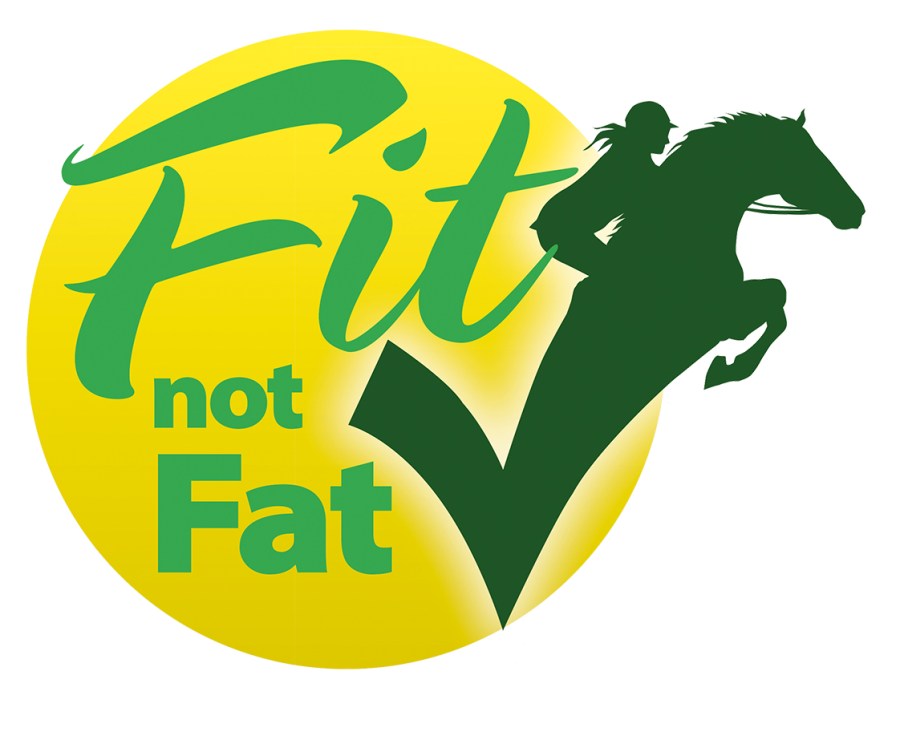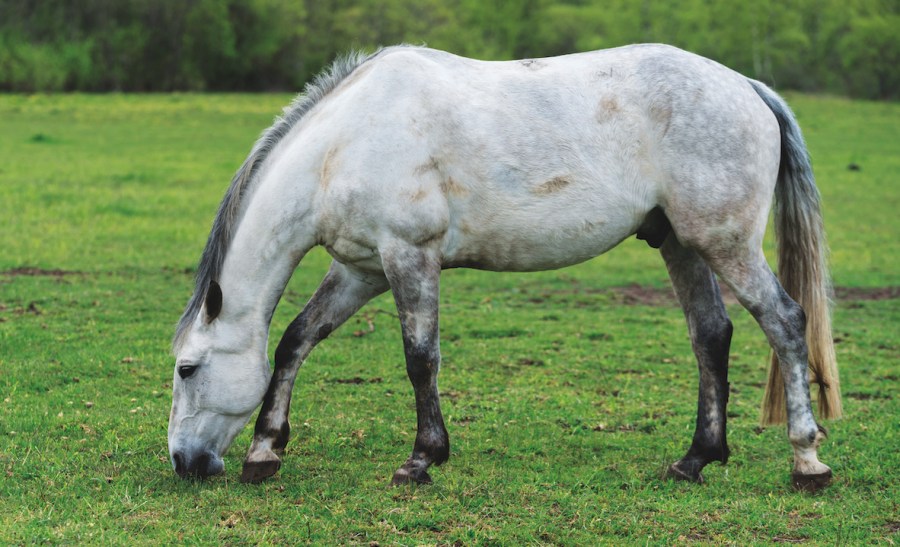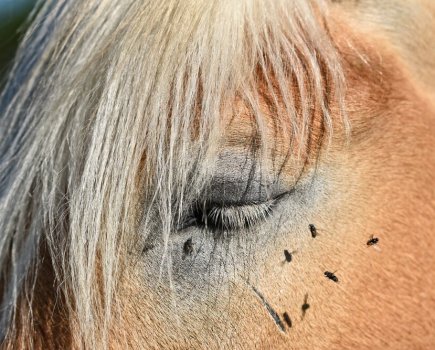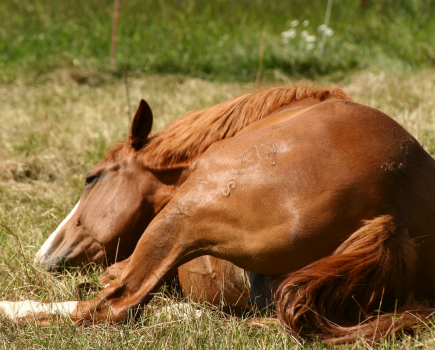Many good doers and equines who are overweight will be managed on sparse pastures with what appears to be little to no grass availability. This type of paddock is ideal when you are aiming to keep your horse or pony #FitNotFat.
However, it is surprising how quickly the grass can and does grow in your horse’s field, even if you can’t actually see it, explains Dr Laura Wilson, technical advisor at Dodson & Horrell.
There’s no grass — or is there?
It is important to be aware just how much the grass is growing each day even in paddocks which may look poor — we just aren’t able to see it because our horses are very often eating it as quickly as it grows.
While horses are still turned out overnight, it means they are ready to eat any new shoots that come through in the morning — and they love to eat them because they taste particularly yummy!
Sugar, starch, protein and digestible energy levels will all be higher in the spring and summer months, and so horse owners must also take into account the higher nutritional content of grass at this time of year.
Even now that we are beginning to feel temperatures drop as we move into autumn, grazing still provides a more concentrated source of calories than during the winter months.
How to limit grass intake
There are several simple things that owners can do in order to manage how much grass a horse is able to eat:
1 Reduce their paddock size
By reducing the size of your horse’s paddock it will limit the area of new grass growth that your horse is able to eat each day.
2 Introduce a track system
A track system not only reduces the area available to graze but also increases energy expenditure as the horse must walk further to be able to graze the total area which they have access to.
3 Limit time spent grazing
Stabling during the day when the grass growth rate and sugar levels are highest is ideal, with turnout overnight when the sugar levels and growth rates are lower. Using a grazing muzzle can also help to limit grass intake, however it is important to check your horse is still able to drink freely with the muzzle on.
4 Use a turnout pen
In more severe cases or for those horses that are prone to conditions such as laminitis, it may be that turnout in grass paddocks must be limited to only a few hours a day, or even that access to grazing is removed completely for a period of time with turnout instead taking place in an area such as a sand school.
In this situation, forage should be provided little and often in the form of soaked hay.

Have you heard about Your Horse’s #FitNotFat campaign? Equine obesity is an enormous welfare problem and we’re on a mission to provide owners and riders with the knowledge, skills and information you need to keep your horse in tip-top health. It could be life saving! Find out more








